‘How did no one know this was going to happen?’: Far North Queensland rain bomb defies BOM forecast
Soldiers and army helicopters have been rushed to far north Queensland as trapped residents waited on rooftops for rescue amid growing anger over BOM’s inaccuracy.
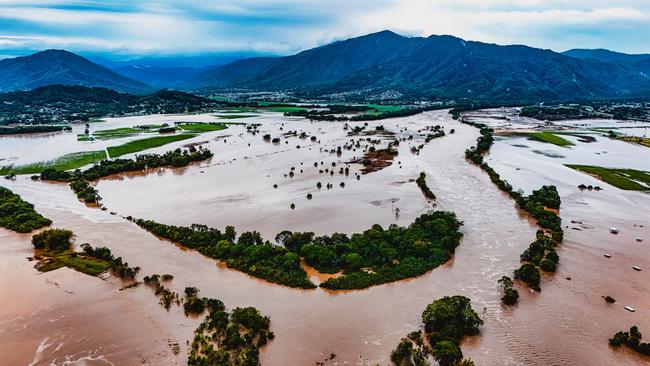
Soldiers and army helicopters have been rushed to the far north Queensland flood zone as trapped residents waited on rooftops for rescue and a deluge measured in metres of rain deepened the crisis.
With Cairns Airport facing flight disruptions for a sixth day since Tropical Cyclone Jasper struck last week, tourism leaders warned that the Christmas holidays could be ruined for a region still reeling from the hit it took during the pandemic.
Amid growing anger at the inaccuracy of storm warnings to local communities, Douglas Shire Mayor Michael Kerr blasted the Bureau of Meteorology for failing to predict the severity of the rain.
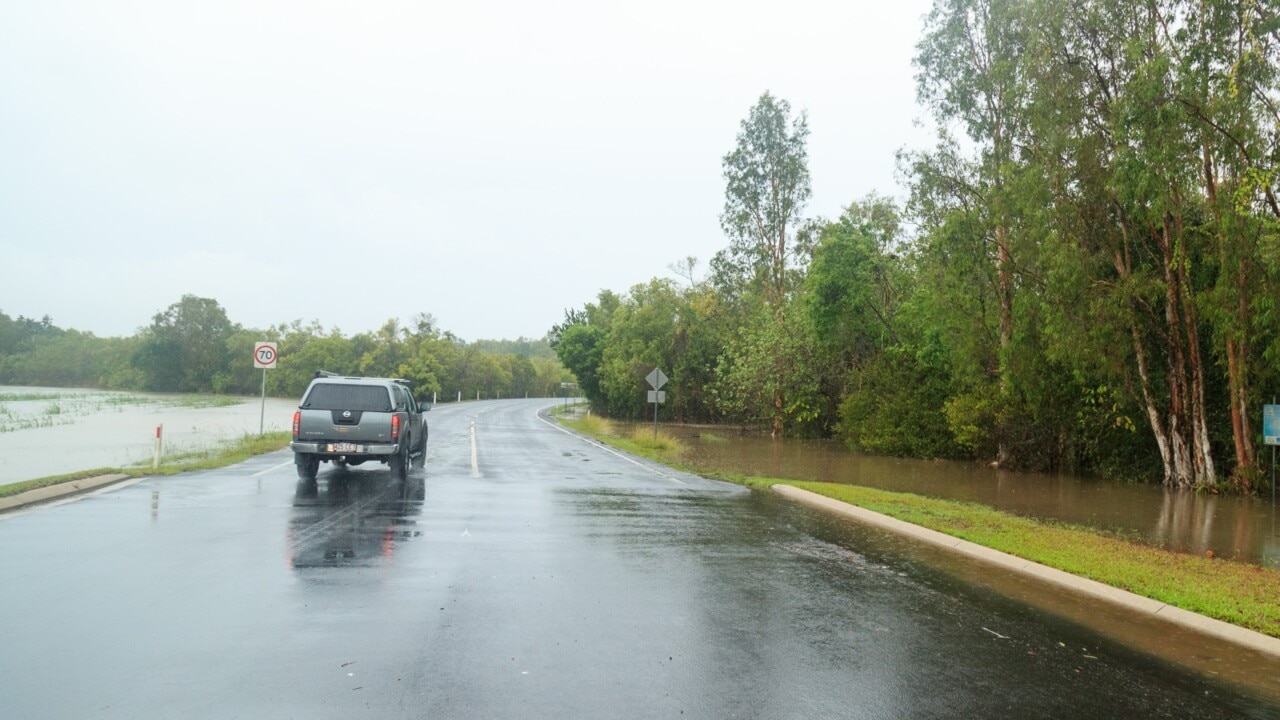
He said the region had been exposed after the bureau moved local staff to its Brisbane office. “They don’t know the lay of the land,” he told The Australian.
“If this is so record-breaking, how did no one know this was going to happen … we need to have forecasts closer to what is going on.”
On Saturday, the BOM was forecasting that Cairns faced “possible heavy falls” of 30-130mm. Instead, the city of 130,000 received more than double the forecast rainfall on Sunday and was drenched by a historic 268mm.
No fewer than 12 locations across far north Queensland posted record rainfall totals.
But Premier Steven Miles defended the forecasts, saying the monster rain event was beyond anything that could have been predicted by the BOM’s weather models. “They do the best they can,” he said.
Anthony Albanese, announcing the military had been activated, said the priority was to protect lives. “The important thing at this point in time is to ensure that people are kept safe, and this is a real concern,” the Prime Minister said.
“A number of people are isolated and have needed rescuing from the terrible circumstances.”
Some areas received a year’s rainfall in a single day, isolating towns, closing highways and leaving hundreds stranded by surging floodwaters. Black Mountain near Cooktown recorded a cumulative 2189mm over the five days, while Mossman South, an hour northwest of Cairns, had 1935mm.
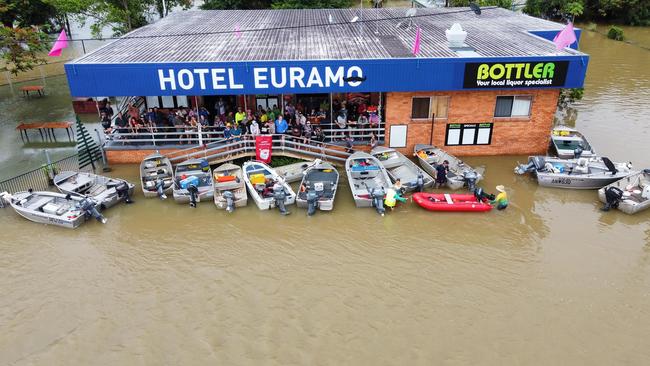
Conditions were so bad that an airlift to evacuate up to 400 people from the cut-off Aboriginal settlement of Wujal Wujal, 340km north of Cairns, had to be called off late on Monday.
At least seven people there were reported to have scrambled on to roofs on Sunday night to escape the floods.
Locals used fishing boats to conduct rescues that were continuing as night fell. The Wujal Wujal Shire Council said a “wall of water” had stopped the helicopters from Cairns getting through.
Nine more people took refuge on rooftops in the nearby townships of Bloomfield and Degarra, where an 85-year-old man was missing. He was last seen about 10pm Sunday, police said. An intensive search by boat was under way.

Cooktown police pressed into service a cattle mustering helicopter to reach 15 people trapped on the roof of the Lion’s Den Hotel at Rossville, southwest of the town. Among them were children, plus pets.
But the Wujal Wujal council said conditions in the far-flung township were deteriorating, with food supplies almost exhausted. At least five people were in need of medical attention.
The raging Barron River, peaking at a historic high flood level, smashed through the weir at Kuranda and damaged the state-owned Barron Gorge hydro-electric station, potentially putting the generator out of action for months. Separately, more than 13,000 homes in 40 communities were still without power due to outages caused by last week’s cyclone and the floods.
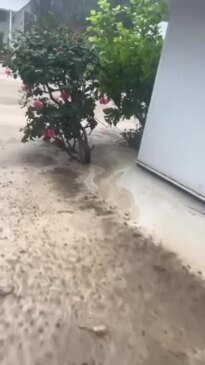
Drinking water in Cairns was put at risk after a treatment plant was inundated, prompting an appeal by the city council for people to reduce their consumption and conserve supplies of bottled water.
Queensland Health warned that a “cocktail of contaminants” in floodwaters increased the danger of diseases such as leptospirosis and melioidosis as well as wound infections, diarrhoea and conjunctivitis.

The Australian Defence Force said two heavy-lift Chinook helicopters and two AW-139 helicopters capable of carrying 15 people at a time had been sent north from the big army base at Townsville. The army would also transport 150 emergency service personnel and their equipment to Cairns.
Cairns International Airport remained closed for a second day until 4pm on Monday, forcing the cancellation of 102 flights, affecting 10,000 passengers. CEO Richard Barker said the flooding that overwhelmed levees protecting the runway was the worst recorded in more than a century.
The airport would be fully operational by Tuesday, but flight scheduling was up to the airlines, a spokeswoman said. Tourism Tropical North Queensland said the disaster had cost the local industry at least $60m in cancellations and lost bookings to date.
Mr Miles said incredible acts of bravery had occurred as first responders and good Samaritans rose to the dire occasion and saved those trapped by the floods.

“Queenslanders lending a hand, mate for mate,” the new Premier said. “We’ve had reports of people using mustering choppers and fishing boats to rescue strangers or people they know around town.”
Mr Miles said the intensity of the weather system that spun out of Cyclone Jasper had defied prediction. “It was anticipated that the rainfall would track the cyclone across the cape, that’s not what we’ve seen. There’s a lot about this … that … has never been seen.”
More Coverage


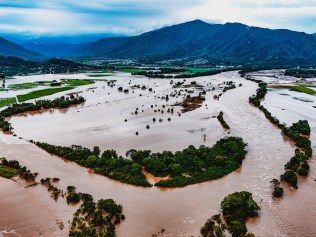




To join the conversation, please log in. Don't have an account? Register
Join the conversation, you are commenting as Logout